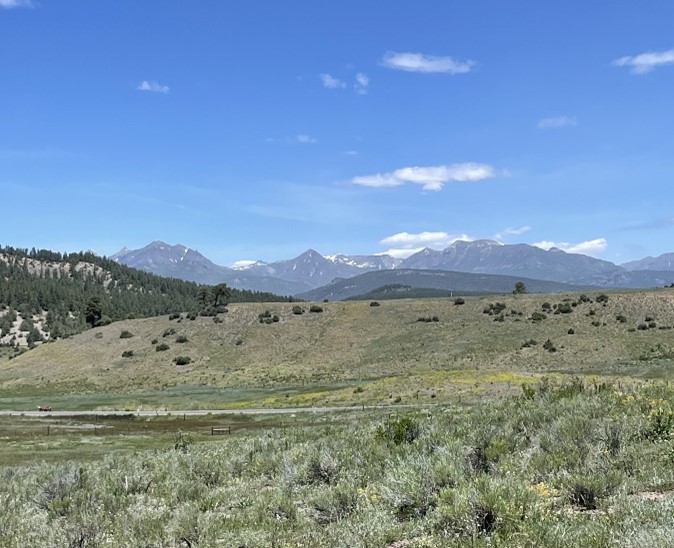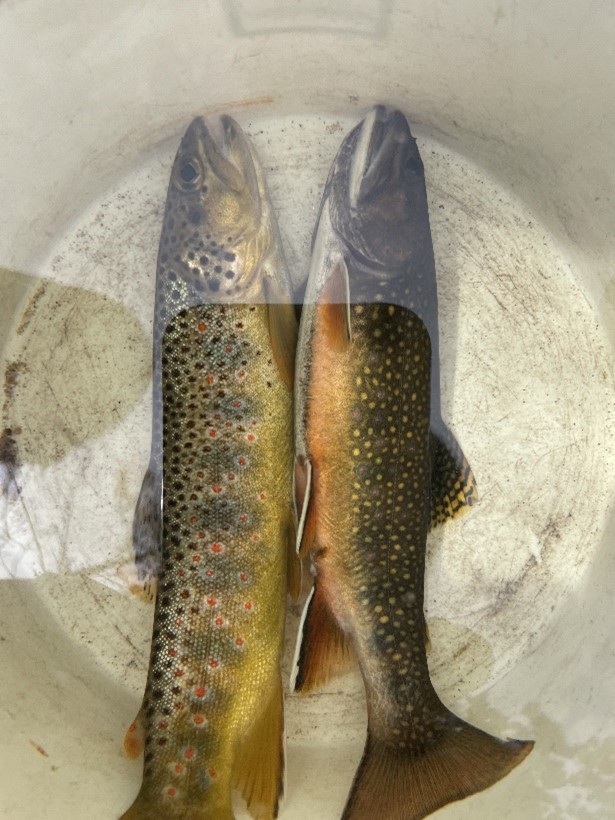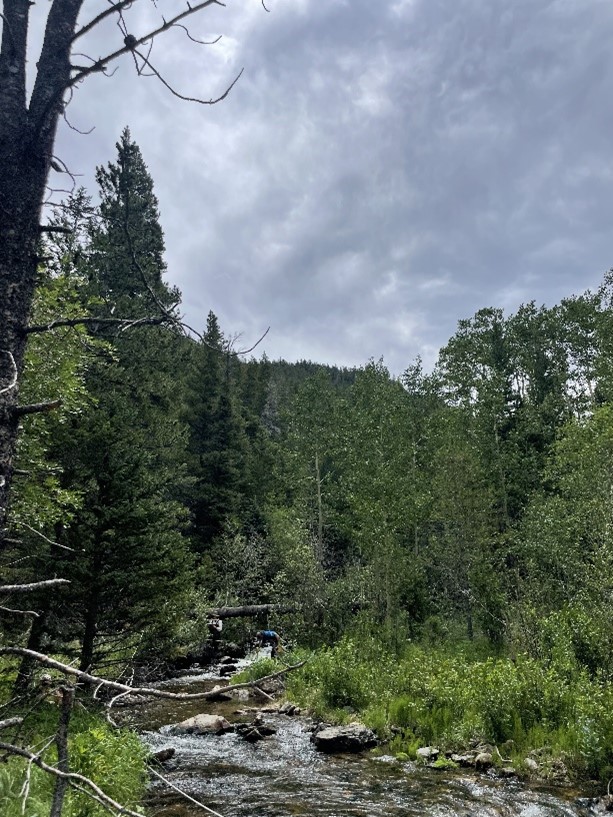My name is Alex Lage, and I am fourth year student at CSU majoring in Ecosystem Science and Sustainability with a minor in Conservation Biology. This past summer, I was blessed to be a part of the Siegele Conservation Science Internship. This internship was the most transformative and educational experience of my young career. Not only did I get to try an abundance of projects from multiple conservation disciplines, but I got to do it in a community that consisted of some of the kindest people I’ve had the pleasure of meeting. Everyone apart of this internship was patient and dedicated to furthering my field technician skills. I had the privilege to work with organizations such as The Nature Conservancy, the Bird Conservancy of the Rockies, the US Forest Service, ERO (Consultants in Natural Resources and the Environment), as well as the CSU Warner College of Natural Resources. Being able to participate in such a wide variety of jobs with a wide variety of projects has helped me better focus my career aspirations. I’ve learned that I love participating in field research, and I want to continue to be a part of this work for the foreseeable future. I felt a sense of pride knowing that I was doing important work that would directly affect conservation efforts in my home state of Colorado. I will forever be grateful for the experience and connections I gained from the Siegele Internship program.
One of my favorite projects of this year was helping collect data on the Ipomopsis Polyantha, or the Pagosa Skyrocket, for CNHP. This is a white and pink herbaceous plant in the Phlox family that can grow to be 24 inches tall. The most fascinating thing about this plant is that there are only two known populations in the world, giving it a ‘Critically Imperiled’ Global and State conservation status rank. To be able to work and research this beautiful plant with the beautiful landscape of the San Juan’s in the background was so much fun. I spent every day counting this plant while learning more and more about plant biology. My knowledge of botany improved tremendously through the hands-on experience I gained on this trip. I also worked with some of the kindest and most helpful people I’ve ever had the pleasure of working with. They were always more than willing to help me with any plant-related questions I had, and never made me feel bad for my lack of botany knowledge going into this summer. I really gained a much stronger appreciation of botany from working with the Pagosa Skyrocket.


Another fantastic trip I was able to attend was with CSU’s Dan Preston and his lab group. For this project, we were responsible for examining the riparian invertebrate populations in areas affected by the Cameron Peak fire compared to areas that were not. To do this, we measured streams in a multitude of ways, including depth, width, gravel measurements, and flow. My favorite research we did however was on the trout population within the sample area. We used a technique called electroshocking to briefly stun the fish so we could net them. We then would measure, weigh, and lavage all of the fish we found. I’ve never had an opportunity to work with fish and streams before, but I had the most fun working in this environment. Getting to learn about the different types of Trout in these streams and what their diet consisted of in different areas was fascinating. My first semester at CSU was during the Cameron Peak Fire, and I got to experience all of the negativity that came with such a devastating natural event. Being able to study what the effects of this fire are really put into perspective how important and necessary this field of study is. I felt a stronger sense of community and belonging to Fort Collins being able to participate in research so close to home.


This internship was the most important thing I have ever done for my aspiring career. It’s not easy to get into this type of work with very little experience, but the Siegele Conservation Science Internship provided me with so many new skills and knowledge that will translate into potential jobs down the line. I couldn’t be more grateful for everyone at CNHP who helped make this internship possible. It was such an awesome experience, and I hope all emerging conservation scientists have an opportunity to participate in something like this.




